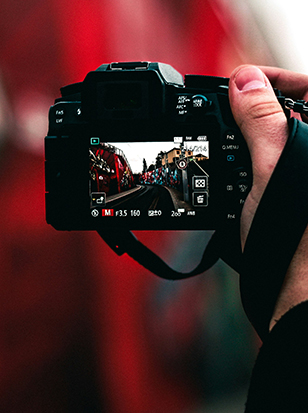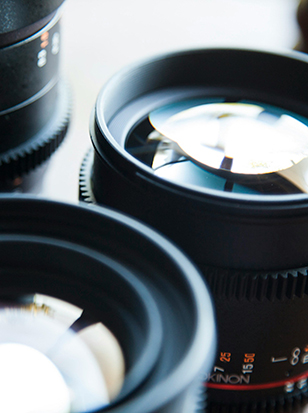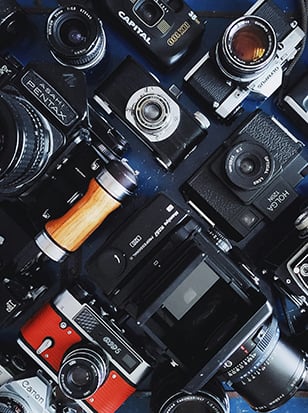Victoria Hillman explains a fascinating image technique that's perfect for cold weather
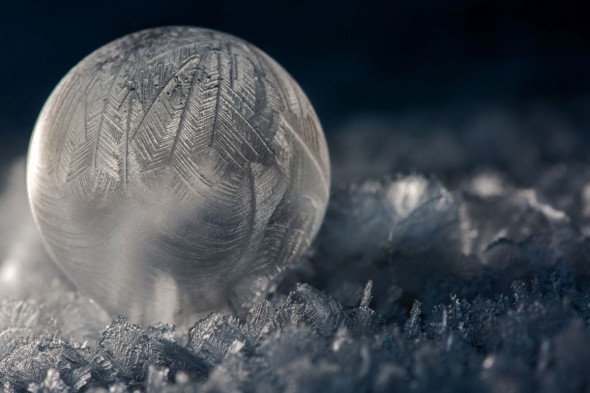
All images in this post by Victoria Hillman
This image depicts a frozen bubble on a bed of frost. It is one single image showing the feathered patterns of the ice formations as the bubble has frozen, and image was taken in my back garden in a shaded area where the temperature had not been above zero for several days. Believe it or not, this bubble is actually only the size of a malteaser! I've tried with bubbles twice the size and bigger but it just wasn't cold enough for them to freeze properly and they just popped!
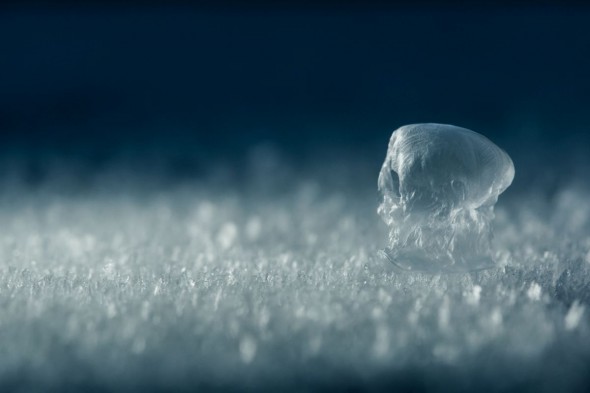
A burst bubble
Below I explain in detail how I achieved this effect and this final image...
Step by step
- Firstly you need very cold conditions, at least -6 degrees centigrade, or it won't work and a frozen surface helps with the freezing process. On the morning I took this image it had been below zero for a few days and at least -6 overnight.
- With this particular image, I used the frost on the decking as my base. I carefully and slowly blew the bubbles onto the surface, it's important to do this close to your chosen surface so they didn't blow away or burst.
- From there it's a case of waiting a few minutes for it to freeze completely, a process that is sped along by the frozen surface.
- For my image, while I was waiting for it to freeze, I positioned my light and flash to shine through the bubble. This stage is very much trial and error, feel free to experiment
- Once it's frozen, take the photo, then have a look at the rear screen to see if the light is shining through the bubble enough to bring out the details in the ice formations.
- You may want to manually focus on the ice formations, rather than relying on AF.
Things to remember
For the bubbles to freeze properly (and form the feather pattern) you need at least -6 degrees centigrade, but the colder the better it was -7 air temperature when I took the #WexMondays entry. Ideally you want it to be as calm as possible, if it is windy there is greater chance of the bubbles bursting or blowing away, and frosty or snowy surface is ideal so a bit of moisture in air (particularly overnight) does help.
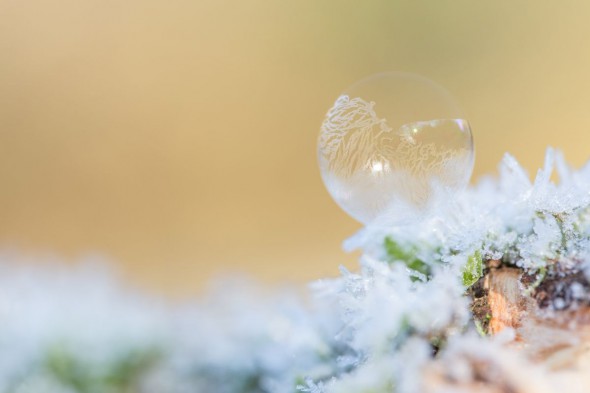
In this image, the temperature isn’t quite cold enough for the ice to form
As far as mixture goes, standard bubble mixture will do. I actually used some left over pre-made bubble mixture from my wedding and it works well provided temperatures drop low enough. I have some ideas to try creating my own different mixtures to see if there is one that works better than another.
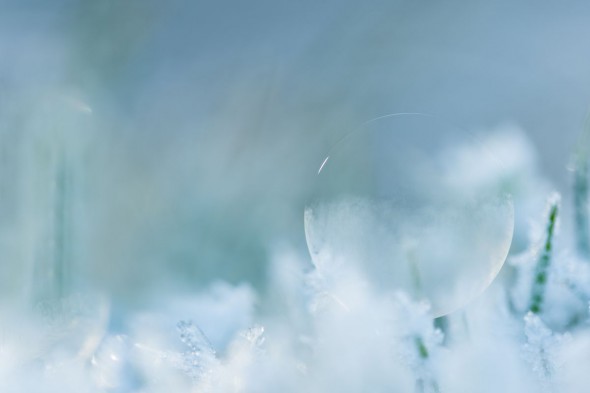
A bubble just starting to freeze
Equipment-wise, I used a Canon EOS 5D Mark III with a Canon 100mm macro lens. The important thing that you need is an additional light: I have tried a few lighting options, and have found that a combination of a small LED light (I use a Manfrotto Lumimuse 6 with two diffusers) with off-camera flash and a diffusion box works well. Depending on where you decide to photograph, I would recommend a tripod too (I was in my garden so rested the lens on the decking!).
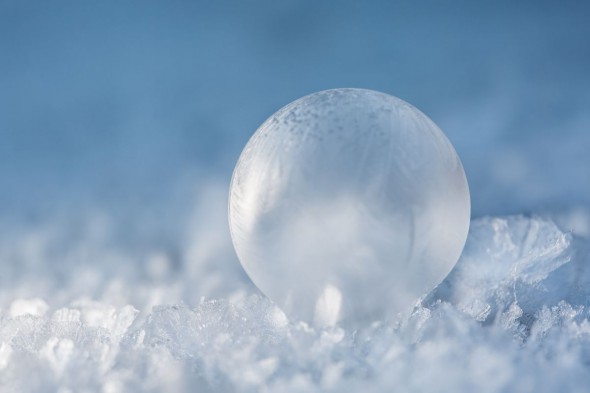
A smoother bubble image
About the Photographer
Victoria Hillman is a nature photographer and scientist. See more of her work at her website: vikspics.com, and follow her on Twitter @vikspics
Related articles
How to Create Silhouettes
Making Minimalist Landscapes
How to Shoot the Outdoors, Indoors
